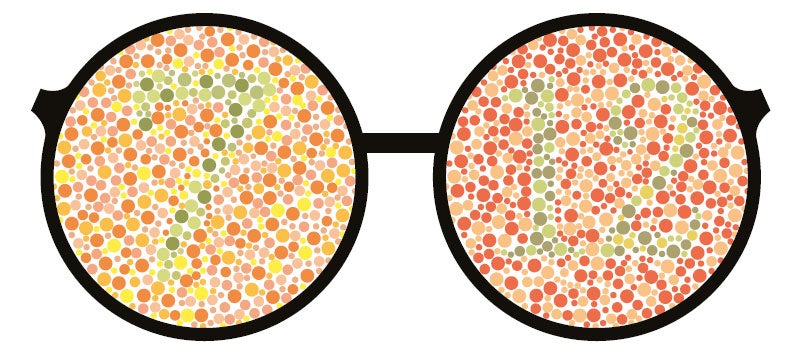HealthXchange will NEVER ask you to transfer money over a call. If in doubt, call the 24/7 ScamShield helpline at 1799, or visit the ScamShield website at www.scamshield.gov.sg.

is not easy.
Colour Vision Deficiency: What Colour Do You See?
Original title: What Colour Do You See?
Early detection is key to overcoming limitations created by colour vision deficiency
Colour vision deficiency (CVD) may not be a life-threatening condition but it does affect the quality of life. Some patients may even suffer long-term consequences, as they may be mistaken as slow-learners in school or as uncooperative at play. All these could lead to poor self-esteem and social withdrawal.
In one local study involving close to 1,250 teenagers, 33 were discovered to have CVD. This is a relatively high number who are only diagnosed post primary school. Early detection is therefore critical.
“This will allow parents and teachers to take pre-emptive measures to help CVD children cope. Parents could teach their children to rely on shapes and sizes instead of colour to tell various objects apart. In schools, teachers may make use of patterns, tables or labels as teaching tools instead of relying on colours,” said Dr Shermin Goh, Resident, SingHealth Family Medicine Residency Programme, and co-author of a recent review article on CVD in Asia Pacific Family Medicine.
However, early detection is not easy. Vision screening in local schools currently only includes visual acuity and stereopsis. In pre-schoolers it is an even harder task.
“Pre-schoolers may not understand and cooperate with the instructions in using the Ishihara chart. The accuracy of assessment will also be limited by their ability to name numbers aloud even if they actually perceived them,” shared Dr Valerie Chan, co-author and fellow Resident.
Therefore, the Colour Vision Testing Made Easy colour plates are used, which are considered the gold standard for diagnosis of CVD in paediatrics. Instead of the 38 plates with numbers and pathways of the standard Ishihara chart, the paediatric test contains 14 plates depicting simple shapes and pictures. The child is then asked to find a circle or a boat.
“This makes colour vision testing fun, so children are more likely to cooperate,” added Dr Goh.
But until mass screening for paediatrics becomes routine in schools, a high index of suspicion is necessary on the part of primary care physicians, especially in young kids presenting as perceived slow learners or with low self-esteem.
“During consults, physicians may do a quick check on their coping levels at school. Should patients express difficulty, especially with science subjects, a quick screen using the relevant diagnostic tools can help to determine any underlying CVD,” said Dr Goh.
Get the Health Buddy App
© 2025 SingHealth Group. All Rights Reserved.













 Get it on Google Play
Get it on Google Play